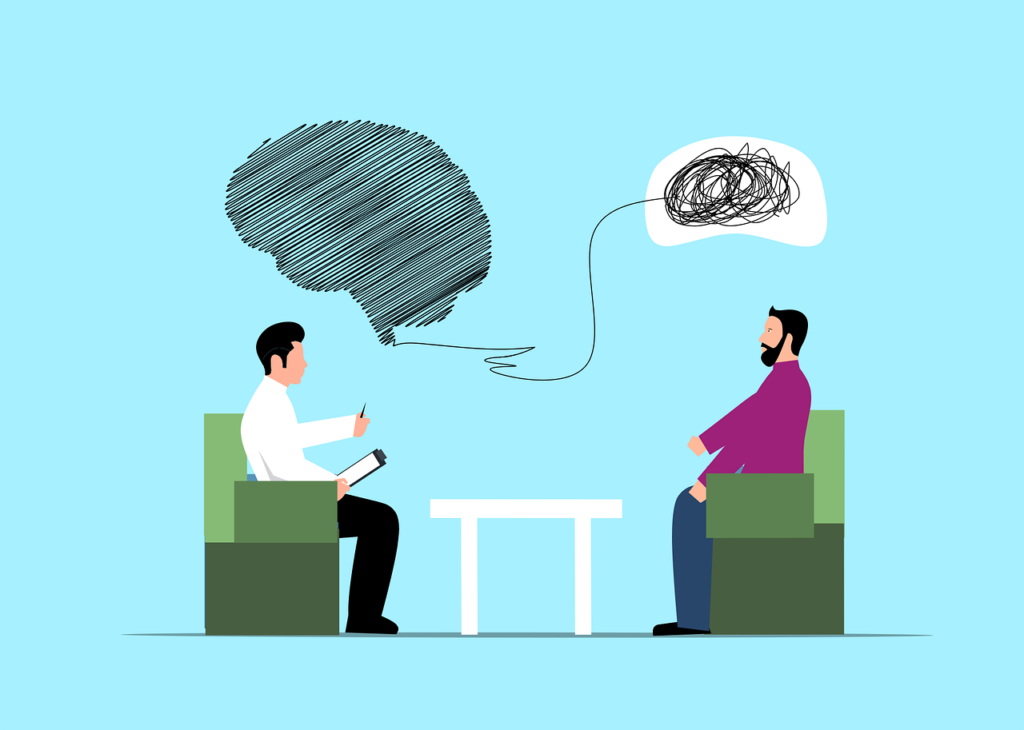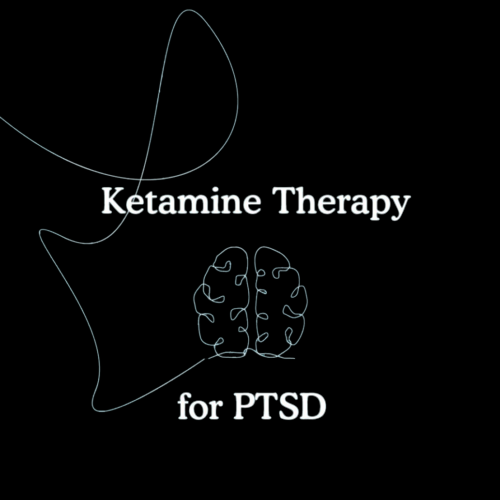One method used in mental health treatment is eye movement desensitization and reprocessing, or EMDR therapy. This technique has you processing traumatic memories by making particular eye movements. Your recovery from trauma or other upsetting life situations is the aim of EMDR. When compared to other forms of therapy, EMDR is still relatively young. In 1989, the first clinical trial examining EMDR took place. Since EMDR’s creation, numerous clinical trials have demonstrated its efficacy and ability to assist a patient more quickly than many other approaches.
How does EMDR therapy works?
According to this hypothesis, certain upsetting incidents are relatively easily processed by people’s minds, whereas other upsetting incidents become memories that stick with them and are perceived as traumatic. According to information-processing theory, “pathological fear structures in memory” are the cause of anxiety stemming from a traumatic experience. Trauma causes the reasoning section of the brain to malfunction, making it difficult to process the memory before it is stored away. Which can lead to trauma memories being retained in an unhelpful way. Recollections lodged in these maladaptive fear networks are hard to interpret rationally, linked to intense physical symptoms of anxiety, and have a tendency to stick with you, giving you persistent discomfort.

The goal of EMDR therapy is to store the memories in a way that is beneficial rather than detrimental, which feeds worry. This information-processing hypothesis has given rise to a number of theories for how EMDR might function, and the body of studies supporting these theories is expanding.
One theory explaining the mechanism of action of EMDR therapy is that it triggers a process similar to that observed during Rapid Eye Movement (REM) sleep. Our mind processes the new memories from the day during REM sleep. This phase of sleep is characterized by rapid eye movements. Therefore, by utilizing eye movements in EMDR therapy, it may activate the brain’s mechanisms for integrating traumatic memories into other memory networks, aiding in their processing and eventual eradication.
Although the precise mechanism of EMDR therapy’s effects remain unknown, two decades of research have supported its application and results, and EMDR is advised as a therapeutic option for adults with PTSD.
Techniques for EMDR Therapy
Professionals who have received the necessary training and certification to administer EMDR usually conduct sessions one or two times a week, totaling six to twelve.
Eight treatment phases that concentrate on the past, present, and future are part of EMDR. Every stage assists you in overcoming emotional turmoil and trauma, after which you acquire coping mechanisms for both present-day and upcoming stress.
Phase 1: history taking
Getting your whole history is the first step. This could involve talking about stressful situations you’re now facing as well as upsetting memories, occasions, or experiences from the past. You and your therapist will create a treatment plan that focuses on particular memories or situations based on your background.

Phase 2: Get Ready
Your therapist will work with you to develop coping mechanisms for stress and anxiety throughout this phase, including mental exercises. The goal of this stage is to strengthen the person’s capacity to handle emotional suffering.
A therapist will teach you stress-reduction methods like progressive muscle relaxation, guided imagery, and deep breathing to achieve this. The therapeutic alliance between the client and the therapist may also be strengthened at this point.
Phase Three: Evaluation
You will first be asked to choose a targeted memory from the ones you choose in phase one by your therapist. You’ll recognize various elements of the memory that is being targeted:
- A clear mental picture connected to the recollection
- A self-defeating notion
- Related feelings and physical experiences
In addition, you will be asked to rate the degree to which the positive belief you have about yourself is true in relation to the mental image of the recollection.
Phase Four: Adjustment
Your therapist will guide you through stimulation sets as you concentrate on the targeted memory. These sets could consist of auditory tones, tactile taps, or ocular motions.
Your therapist will give you instructions on how to clear your mind and talk about any realizations, ideas, memories, emotions, or visuals that come to mind following each stimulation set. The following set will center on your bad experiences if you continue to have them. Until the target memory no longer causes you distress, this process is repeated.
Step 5: Constructing
The affirmative belief you identified in phase three is reinforced in the fifth phase of EMDR. This is the opportunity to adjust your optimistic belief to something different if you wish to.

Once the target memory is no longer causing you grief, your therapist will ask you to concentrate on your affirmative belief. Your therapist will go through several stimulus sets with you as you consider the target memory and positive belief.
Phase 6: Examine the body
Your therapist will ask you to record any physical reactions you experience when thinking about the target memory and the positive belief once you have strengthened it. This is to determine whether there is any lingering suffering.
Your therapist will put you through further stimulation sets if you’re still feeling tense until it goes away.
Step 7: Finalization
Every session ends with closure. You and your therapist will talk about the progress you’ve made and how to maintain it on a regular basis during this phase.
For the purpose of maintaining progress between sessions, your therapist might give you homework. Common homework assignments consist of:
- Keeping a daily journal to document your development and the relaxation methods you acquire.
- It could be suggested that you visualize what it would be like to progressively face your anxieties.
- Self-help methods like visualization, in which you picture a calm atmosphere in your mind.
Phase 8: Assessment
Reevaluation is the first step in every new session. Your therapist and you will talk about how you’re feeling psychologically right now, as well as how well the self-care and treatment are working for you.
If any targeted memories have surfaced since the last session, they will inquire. At this stage, you’ll also decide if the other targeted memories you noted in step one still need to be worked through.
What EMDR Therapy Is Able to Treat
EMDR was first developed to treat PTSD, but it is currently used to treat a wide range of mental health issues, such as:

- Addictions
- Uncertainty
- persistent discomfort
- Depression
- eating disorders
- Attacks of panic
- Anxiety disorders
- Fears
EMDR can be used alone or in combination with medication and other therapeutic modalities (like CBT).
What is the success rate of EMDR?
It has been shown that EMDR has an 80–90% effectiveness rate when treating trauma. Why is there such a high success rate?
Your brain makes use of many neural pathways to process traumatic events as they occur. The hippocampus, prefrontal cortex, and amygdala are some of these brain regions. The area that warns you about stressful situations is the amygdala; learning, particularly when it comes to safety and danger, is governed by the hippocampus; and behavior and emotion are governed by the prefrontal cortex. You’ll probably always feel the fight, flight, or freeze response when you reflect back on the traumatic experience if your brain hasn’t processed it.

The purpose of EMDR therapy is to assist your brain in overcoming the fight, flight, or freeze reaction. In this method, the incident can be processed by your brain in a healthy way, and the crippling reaction you previously had will vanish. EMDR’s effectiveness stems from its deep understanding of the trauma response research.
Can i perform EMDR on myself own?
For PTSD, anxiety, and many other mental health conditions, EMDR is a safe and efficient treatment. Self-administering EMDR on oneself is feasible, however it’s not always advised.
It is advised that you limit your use of self-administered EMDR programs to smaller-scale traumas, such as “minor” events that have occurred recently. I use the term “minor” loosely because the client’s nervous system and interpretation of the event determine whether it feels major or minor.



